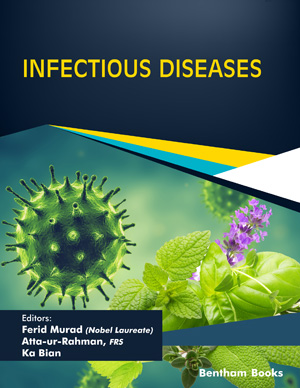Abstract
The management of sepsis requires the rapid administration of fluid to support blood pressure and tissue perfusion. Guidelines suggest that patients should receive 30 ml per kg of fluid over the first one to three hours of management. The next concern is to determine which patients need additional fluid. This introduces the concept of fluid responsiveness, defined by an increase in cardiac output following the administration of a fluid bolus. Dynamic tests, measuring cardiac output, identify fluid responders better than static tests. Passive leg raising tests provide an alternative approach to determine fluid responsiveness without administering fluid. However, one small randomized trial demonstrated that patients managed with frequent passive leg raising tests had a smaller net fluid balance at 72 hours and reduced requirements for renal replacement therapy and mechanical ventilation, but no change in mortality. A meta-analysis including 4 randomized control trials reported that resuscitation guided by fluid responsiveness does not improve mortality outcomes in patients with sepsis. Recent studies have demonstrated that the early administration of norepinephrine may improve outcomes in patients with sepsis. The concept of fluid responsiveness helps clinicians analyze the clinical status of patients, but this information must be integrated into the overall management of the patient. This review considers the use and benefit of fluid responsiveness tests to direct fluid administration in patients with sepsis.
Keywords: Sepsis, fluid responsiveness, passive leg raising, norepinephrine, hypotension, hemodynamic parameters.
Graphical Abstract
[http://dx.doi.org/10.1007/s00134-018-5085-0] [PMID: 29675566]
[http://dx.doi.org/10.1016/j.chest.2020.09.269] [PMID: 33058814]
[http://dx.doi.org/10.1001/jama.2016.12310] [PMID: 27673307]
[http://dx.doi.org/10.1016/j.chest.2020.04.025] [PMID: 32353418]
[http://dx.doi.org/10.1097/CCM.0b013e318206d2a3] [PMID: 21263328]
[http://dx.doi.org/10.21037/atm.2018.09.27] [PMID: 30613600]
[http://dx.doi.org/10.1097/CCM.0000000000003808] [PMID: 31306258]
[http://dx.doi.org/10.1097/CCE.0000000000000015] [PMID: 32166259]
[http://dx.doi.org/10.1111/anae.14162] [PMID: 29171669]
[http://dx.doi.org/10.1186/s13054-020-2734-9] [PMID: 31992351]
[http://dx.doi.org/10.1007/s00134-016-4675-y] [PMID: 28130687]
[http://dx.doi.org/10.1016/j.chest.2020.10.078] [PMID: 33197405]
[http://dx.doi.org/10.1186/s13054-019-2687-z] [PMID: 31831072]
[http://dx.doi.org/10.1164/rccm.201806-1034OC] [PMID: 30704260]
[http://dx.doi.org/10.1186/s13054-020-2756-3] [PMID: 32059682]
[http://dx.doi.org/10.1186/s13054-020-03204-x] [PMID: 32762765]
[http://dx.doi.org/10.21037/jtd.2019.12.50] [PMID: 32148928]


















